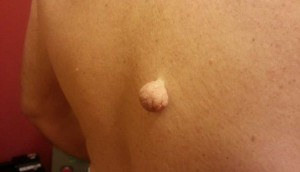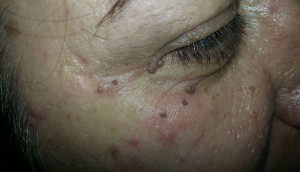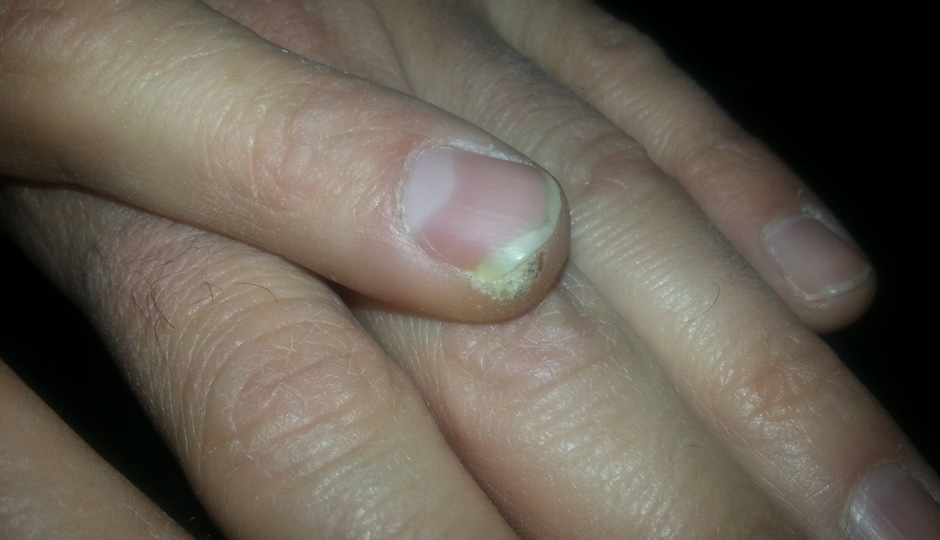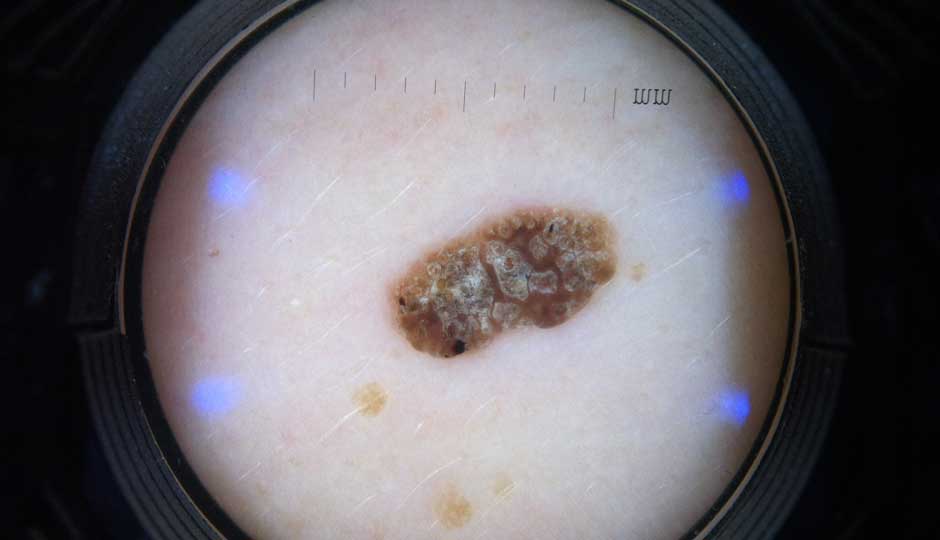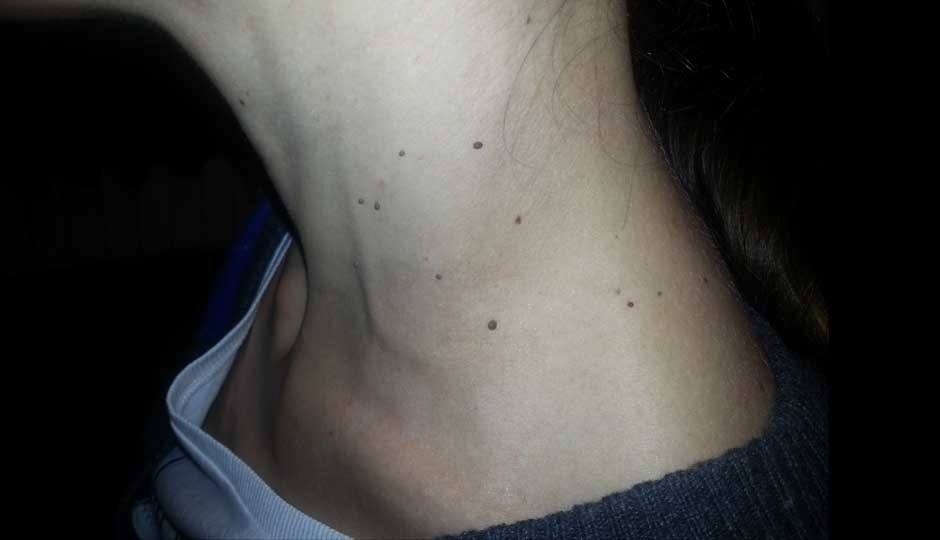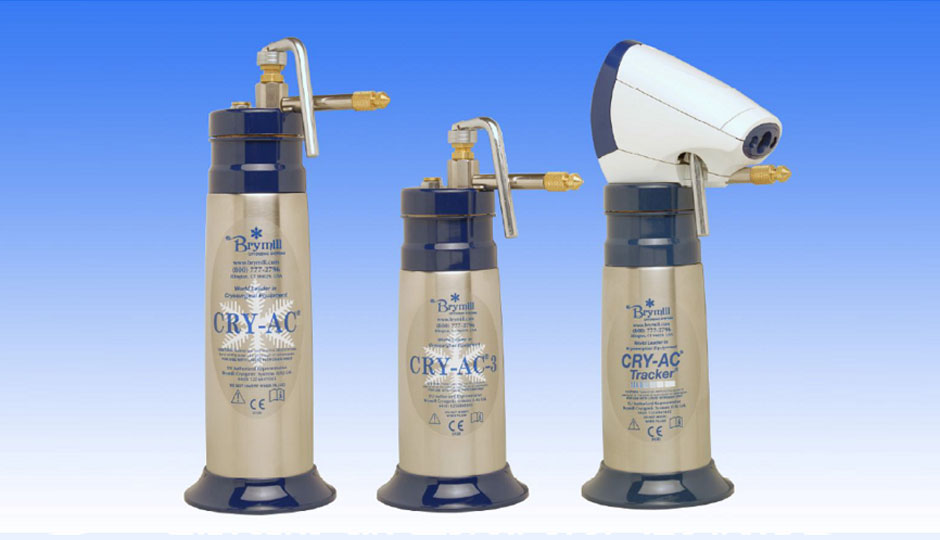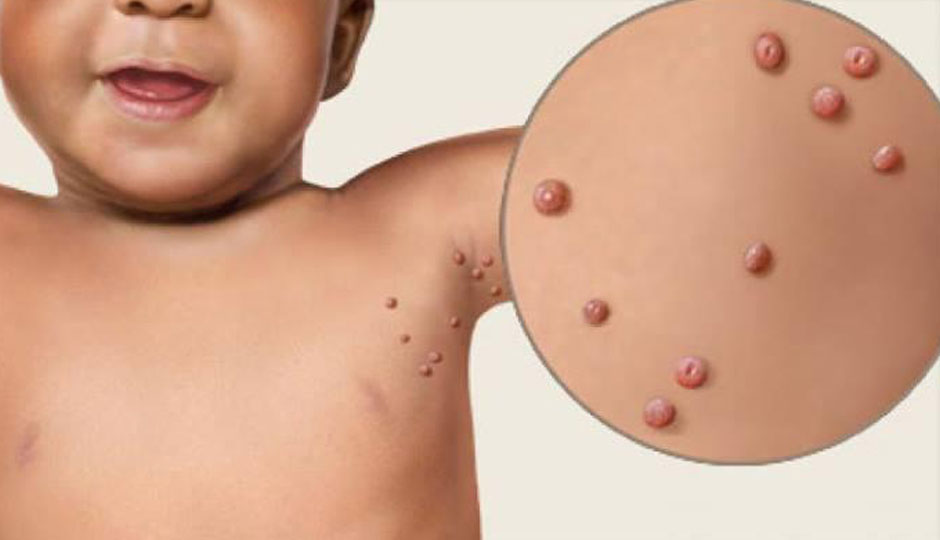
What are fibroids?
Removal of fibroids – Fibroids are benign growths of connective tissue, round or oval in shape clearly demarcated from the surrounding tissue. There are quite frequent changes and they are characterized by slow growth. They appear either as single changes or more often as multiple changes on the skin.
They most often appear in the middle years of life. Predispositions for the formation of fibroids are obesity, hormonal imbalance, chronic irritation and genetic predisposition. Some new research has also revealed the presence of the HPV virus in the changes.
Where fibroids most often occur
Fibroids most often occur in the head area, on the skin of the eyelids and neck, on the trunk and in the flexor regions (armpits and groin). Most often, they are attached to the skin by a narrow stalk (fibroma pendulum), and sometimes they have a wide base. The size of fibroids is from several millimeters to several centimeters in diameter – giant fibroids.
They can be hard (fibroma durum) or soft (fibroma molle). On the back, shoulders and stomach, the color of the fibroma is slightly darker than the surrounding skin. In the groin and armpit area, they are usually blue or highly pigmented, so patients often confuse them with moles.
Methods of removing fibroids
Fibroids are removed by different methods (cryotherapy, surgical laser, radio waves…). Removal of fibroids with laser and radio waves requires anesthesia.
The most effective method for removing fibroids – CRYOTHERAPY
For the removal of fibroids with cryotherapy, only one intervention is generally sufficient. The use of the most modern Brymill apparatus with different types of applicators allows liquid nitrogen to be applied with high control and precision, without damaging the surrounding healthy skin.
SkinCare Center therapists have undergone training for the application of cryotherapy in medical care and have a Brymill certificate.

